Sourav Pan
Transcript
Hey everyone! Today, we’re diving into the fascinating world of Euglena. Let’s start by understanding what exactly Euglena is.
Euglena is a tiny, single-celled organism that you can find living in ponds, marshes, and other freshwater environments around the world.
Now here’s what makes Euglena absolutely fascinating – it’s like nature’s ultimate hybrid! It has characteristics of both plants and animals all rolled into one tiny cell.
On the plant side, Euglena can perform photosynthesis. It contains chloroplasts that capture sunlight and convert it into energy, just like the plants in your garden.
But wait, there’s more! On the animal side, Euglena can move around using its flagellum and can even consume food particles when sunlight isn’t available.
Let’s take a closer look at Euglena’s structure to better understand how it achieves this amazing dual lifestyle.
This diagram shows the key structures that make Euglena so special. You can see the chloroplasts in green that enable photosynthesis, and the flagellum that allows movement.
This incredible adaptability is what makes Euglena such a successful organism. It can switch between different survival strategies depending on what the environment offers.
So remember, Euglena is nature’s ultimate multitasker – a single-celled organism that combines the best of both plant and animal worlds to thrive in freshwater environments everywhere.
One of Euglena’s most fascinating features is its ability to perform photosynthesis, just like plants. This remarkable capability makes Euglena truly unique among microorganisms.
Inside Euglena’s cell, we find chloroplasts – the same organelles that plants use for photosynthesis. These green structures contain all the machinery needed to capture sunlight and convert it into energy.
The key molecule that makes photosynthesis possible is chlorophyll. This complex molecule contains a magnesium atom at its center and is perfectly designed to absorb light energy from the sun.
Now let’s see photosynthesis in action. Euglena takes in carbon dioxide from the water, absorbs sunlight through its chlorophyll, and combines these with water to create glucose – its own food – while releasing oxygen as a byproduct.
This ability to make its own food using sunlight makes Euglena autotrophic – meaning it can be self-sufficient when light is available. It’s like having a tiny solar panel and food factory all in one cell!
Euglena even shows intelligent behavior when it comes to finding light. It can sense light direction and move toward it to maximize its photosynthesis – a behavior called phototaxis.
In their natural aquatic environment, Euglena use this photosynthetic ability to thrive in sunlit waters, contributing to the ecosystem while producing their own energy from sunlight.
But wait, there’s more! Euglena isn’t just a plant-like organism. It also exhibits fascinating animal-like characteristics that make it truly unique in the microscopic world.
Unlike plants that remain stationary, Euglena can actively move through water using a long, whip-like structure called a flagellum. This remarkable appendage acts like a tiny motor, propelling the organism forward.
Here we can see Euglena in different stages of movement. Notice how the flagellum creates a wave-like motion that pushes the organism forward through the water, much like how a fish uses its tail to swim.
What makes Euglena truly special is its ability to switch between two different feeding strategies. When sunlight is available, it photosynthesizes like a plant. But when light isn’t available, it can absorb nutrients directly from its environment, feeding like an animal.
This detailed diagram shows Euglena’s internal structure. You can see the flagellum extending from one end, along with various organelles that help it function both as a photosynthetic organism and as a nutrient-absorbing consumer.
This dual capability is called being mixotrophic – having the best of both worlds. Euglena can photosynthesize when light is abundant, but switch to absorbing nutrients when conditions change. This flexibility gives it a huge survival advantage.
This comprehensive view shows all the organelles that make Euglena’s dual lifestyle possible. From chloroplasts for photosynthesis to specialized structures for nutrient absorption, Euglena truly represents nature’s ingenuity in creating versatile, adaptable organisms.
Remember, Euglena’s animal-like features of movement and feeding, combined with its plant-like photosynthesis, make it one of nature’s most remarkable microorganisms.
The flagellum is Euglena’s remarkable motor system. This whip-like structure acts as both propeller and steering mechanism, allowing Euglena to navigate through water with precision and purpose.
Located at the front of the cell, the flagellum is a long, thread-like structure that extends outward. Think of it as a biological propeller that can change direction and speed as needed.
The flagellum works through a whip-like motion, rotating and undulating to push water backward, which propels Euglena forward. This motion is similar to how a swimmer’s arms push water to move through a pool.
This motor system allows Euglena to actively seek out optimal conditions. When light levels are low, the flagellum helps Euglena swim toward brighter areas for photosynthesis.
The flagellum also helps Euglena find food sources when photosynthesis isn’t sufficient. It can detect chemical gradients in the water and guide the cell toward nutrient-rich areas.
Without its flagellum, Euglena would be completely immobile, unable to escape harmful conditions, find food, or position itself for optimal photosynthesis. This single structure is truly essential for Euglena’s survival.
The flagellum demonstrates how a single cellular structure can be incredibly sophisticated, serving multiple vital functions that make Euglena one of nature’s most adaptable microorganisms.
Euglena has a remarkable navigation system that helps it find the perfect spot for photosynthesis. This system is called the eyespot, also known as the stigma.
The eyespot appears as a bright red spot near the front of the cell. It contains special light-sensitive molecules that can detect both the direction and intensity of light.
Now let’s see how this eyespot works in action. When light hits the eyespot, it triggers a response that tells Euglena which direction the light is coming from.
This behavior is called phototaxis. Positive phototaxis means moving toward light, while negative phototaxis means moving away from light that’s too intense.
This light-seeking behavior is incredibly important for Euglena’s survival. By positioning itself in optimal light conditions, Euglena can maximize its photosynthesis and energy production.
Think of the eyespot as Euglena’s built-in GPS for sunlight. Just like GPS helps you navigate to your destination, the eyespot helps Euglena navigate to the perfect lighting conditions for survival and growth.
Unlike plant cells with their rigid cell walls, Euglena has something much more flexible – a pellicle. This special outer layer gives Euglena an amazing superpower: the ability to change its shape.
To understand what makes Euglena special, let’s compare it to a typical plant cell. Plant cells are surrounded by a thick, rigid cell wall that keeps them in a fixed shape.
The plant cell wall is like a rigid box – it provides structure and protection, but the cell cannot change its shape. It’s stuck in one form.
Now let’s look at Euglena. Instead of a rigid wall, Euglena has a flexible pellicle – a thin, bendable outer layer that can stretch and contract.
Watch what happens when Euglena needs to squeeze through a tight space. The flexible pellicle allows it to morph and change shape, like a microscopic shape-shifter.
Let’s take a closer look at the pellicle structure. The pellicle is made up of protein strips arranged in a spiral pattern around the cell.
These protein strips work together like a flexible mesh, allowing the cell to bend and twist while still maintaining its structural integrity.
Here’s what real Euglena cells look like under a microscope. Notice how they have different shapes – some are elongated, others more rounded. This variety shows the pellicle’s flexibility in action.
This shape-changing ability gives Euglena several important advantages in its aquatic environment.
First, Euglena can squeeze through tiny gaps between particles or other organisms that would block rigid cells.
Second, when threatened by predators, Euglena can quickly change shape to become harder to catch or to fit into hiding spots.
Third, by changing its shape, Euglena can optimize its surface area for better absorption of nutrients and light.
Finally, the flexible pellicle helps Euglena adapt to water currents and turbulence, allowing it to maintain stability while swimming.
The pellicle is truly one of Euglena’s most remarkable features. This flexible outer layer transforms a simple single-celled organism into a master of adaptation, capable of thriving in diverse aquatic environments through its amazing shape-changing abilities.
Now we’ll take a closer look at Euglena’s fascinating structure. Euglena has an elongated, spindle-like shape that can range from 15 to 500 micrometers in length – that’s incredibly tiny, yet packed with specialized structures.
Let’s examine a detailed diagram of Euglena’s internal structure. This shows us the complex organization inside this single-celled organism.
Inside Euglena, we find several crucial structures. The nucleus acts as the control center, containing the cell’s genetic material and directing all cellular activities.
The chloroplasts are responsible for photosynthesis, allowing Euglena to make its own food using sunlight, just like plants do.
Mitochondria serve as the powerhouses of the cell, producing energy that Euglena needs for all its life processes.
Now let’s look at Euglena’s external features. The flagellum is a whip-like structure that propels Euglena through water with a characteristic spinning motion.
The bright red eyespot, also called the stigma, helps Euglena detect light direction so it can swim toward optimal lighting conditions for photosynthesis.
Here’s a comprehensive view showing all of Euglena’s major structures working together. Notice how each organelle has a specific location and function within the cell.
Euglena also contains other important structures. The contractile vacuole removes excess water to prevent the cell from bursting. The Golgi apparatus processes and packages proteins. The pellicle is a flexible outer covering that allows Euglena to change shape.
Each of these structures plays a crucial role in Euglena’s survival, allowing it to move, find light, make food, and maintain its internal environment. This remarkable organization within a single cell demonstrates the complexity of even the simplest life forms.
How does Euglena reproduce? Euglena uses a fascinating process called binary fission, which is a type of asexual reproduction where one cell becomes two identical cells.
Binary fission is a form of asexual reproduction, meaning Euglena doesn’t need a partner to reproduce. The process creates two identical daughter cells from one parent cell.
Let’s examine the step-by-step process of binary fission in Euglena. This diagram shows how one mature Euglena cell divides to create two daughter cells.
Step one is nuclear division. The Euglena’s nucleus first duplicates all of its genetic material, then divides into two separate nuclei, ensuring each daughter cell gets identical DNA.
Step two is cytoplasmic division. The cell membrane begins to pinch inward, gradually separating the cytoplasm and organelles between the two nuclei.
Step three completes the process. The cell membrane fully separates, creating two identical daughter cells. Each new cell has all the structures needed to survive and function independently.
Here’s another view showing how the division occurs longitudinally. Notice how the cell develops new structures like flagella before completely separating into two independent organisms.
Binary fission is incredibly efficient for Euglena reproduction. It’s a quick process that can happen in just a few hours when conditions are favorable.
Since no mate is required, Euglena doesn’t waste energy searching for a partner. This allows for rapid population growth when food and light are abundant.
Additionally, binary fission preserves successful genetic combinations. If a Euglena is well-adapted to its environment, its identical offspring will have the same advantages.
Binary fission is Euglena’s primary method of reproduction. Through this asexual process, one parent creates two identical offspring, allowing rapid population growth while preserving beneficial genetic traits.
While binary fission creates two offspring, Euglena has another reproduction method called multiple fission. This process allows one cell to create several offspring all at once.
Multiple fission begins with a single Euglena cell, just like binary fission. However, instead of dividing once, the cell prepares to divide multiple times simultaneously.
The first step is nuclear division. Unlike binary fission where the nucleus divides once, in multiple fission the nucleus divides several times, creating multiple copies of the genetic material.
After nuclear division, the cell organizes itself to split into multiple parts. The cytoplasm begins to separate around each nucleus, preparing to form several new cells.
The final result is multiple new Euglena cells – in this case, four offspring from a single parent cell. Each new cell is genetically identical to the parent and capable of independent life.
The key difference is in the number of offspring produced. Binary fission creates exactly two new cells, while multiple fission can create four, six, eight, or even more offspring from a single parent cell.
Multiple fission provides a significant advantage for rapid population growth. When environmental conditions are favorable, Euglena can quickly increase their numbers to take advantage of abundant resources like sunlight and nutrients.
This reproduction strategy allows Euglena populations to expand rapidly when conditions are right, making them highly successful microorganisms in aquatic environments.
When environmental conditions become harsh, Euglena has developed a remarkable survival strategy. Instead of perishing, it can transform itself into a protective structure called a cyst.
Here we see a normal, active Euglena swimming freely in favorable conditions. It can photosynthesize, move around, and carry out all its life processes normally.
But what happens when conditions become unfavorable? Drought, extreme temperatures, lack of nutrients, or toxic chemicals can threaten Euglena’s survival.
When Euglena senses these dangerous conditions, it begins a remarkable transformation process called encystment.
The transformation begins when Euglena stops swimming and retracts its flagellum. It prepares to enter a dormant state.
Next, Euglena secretes a thick, protective wall around itself. This wall is made of resistant materials that can withstand harsh environmental conditions.
Finally, Euglena enters a completely dormant state. The cyst acts like a tiny survival capsule, protecting the organism inside from all external threats.
The cyst has remarkable properties. Its thick, resistant wall protects against dehydration and temperature extremes. Inside, metabolic processes slow down dramatically, allowing the organism to survive for months or even years.
This protective cyst represents one of nature’s most effective survival strategies, allowing Euglena to wait out unfavorable conditions safely.
When environmental conditions improve and become favorable again, something amazing happens. The cyst begins to respond to these positive changes.
The emergence process happens in stages. First, the cyst wall softens. Then Euglena reactivates its metabolism, breaks through the protective wall, and emerges as a fully active organism ready to resume its normal life cycle.
The ability to form protective cysts represents a remarkable evolutionary adaptation. This survival mechanism allows Euglena to persist through conditions that would be lethal to most other organisms, showcasing the incredible resilience of life at the microscopic level.
Euglena plays a crucial role in aquatic ecosystems around the world. These tiny organisms may be microscopic, but their impact on underwater life is enormous.
As primary producers, Euglena organisms convert sunlight into chemical energy through photosynthesis. This process forms the foundation of aquatic food chains.
This energy production makes Euglena the base of the food chain. Many small aquatic organisms feed on Euglena, which are then eaten by larger creatures, creating a complex web of life.
The energy pyramid shows how energy flows through different levels of the ecosystem. Euglena and other primary producers occupy the largest, most important level at the bottom.
Without Euglena and other primary producers, aquatic ecosystems would collapse. They provide the essential energy that supports fish, marine mammals, birds, and countless other organisms that depend on healthy aquatic environments.
Euglena has become one of the most valuable model organisms in scientific research. But what exactly makes this tiny microorganism so important to scientists around the world?
Scientists look for specific qualities when choosing model organisms for research. The ideal model organism should be easy to grow in laboratory conditions, reproduce quickly, and be simple to observe and study.
Euglena meets all these criteria perfectly. It grows rapidly in simple laboratory media, dividing every twelve to twenty-four hours. Most importantly, its unique combination of plant and animal characteristics makes it invaluable for studying fundamental biological processes.
Growing Euglena in the laboratory is remarkably simple. Scientists need only basic growth medium containing water, nutrients, and a light source at room temperature. Within days, a small sample can multiply into millions of cells.
Scientists use Euglena to study many areas of cell biology and biochemistry. In cell biology research, they examine cell division mechanisms, organelle function, and membrane dynamics. In biochemistry, they investigate photosynthesis pathways, metabolic processes, and protein synthesis.
Current research using Euglena has led to remarkable discoveries. Scientists have found that Euglena gracilis contains thirty-two thousand active genes, with sixty percent being completely new to science. Researchers also use Euglena to understand evolutionary connections between plants and animals, and to develop new biotechnology applications.
Researchers use various sophisticated tools to study Euglena. These include light and electron microscopy for detailed observation, genetic sequencing to understand its DNA, biochemical assays to study its metabolism, and live cell imaging to watch processes in real time.
Euglena’s value as a model organism comes from its easy laboratory cultivation, rapid reproduction, and unique dual nature. It provides cost-effective research opportunities while revealing fundamental biological processes and bridging the gap between plant and animal research.
This remarkable microorganism continues to unlock secrets about life at the cellular level, making it an indispensable tool for scientists worldwide studying the fundamental processes of life.
Euglena represents one of the most promising microorganisms for sustainable biofuel production. Unlike traditional biofuel sources, Euglena offers unique advantages that could revolutionize how we produce clean energy.
Euglena cells contain an exceptionally high lipid content, ranging from twenty to fifty percent of their dry weight. These lipids are primarily wax esters, which are ideal for converting into biodiesel fuel.
The biofuel production process from Euglena follows several key steps. First, Euglena is cultivated using carbon dioxide, nutrients, and sunlight. The cells are then harvested and processed to extract their valuable lipid content.
The extracted lipids are then converted into biodiesel through a process called transesterification. This creates a clean-burning fuel that can be used in diesel engines with minimal modifications.
Euglena offers several key advantages over traditional biofuel sources. Unlike corn or soy-based biofuels, Euglena doesn’t compete with food crops for agricultural land. It actually consumes carbon dioxide during growth, making it carbon-negative.
Researchers are actively working to optimize Euglena for biofuel production. This includes improving lipid production pathways, enhancing cultivation efficiency, and developing cost-effective extraction methods for commercial viability.
Commercial applications for Euglena biofuels are rapidly expanding. Companies are developing sustainable aviation fuel, biodiesel for transportation, and industrial fuel applications. Euglena Company Limited aims to have commercial sustainable aviation fuel production operational by twenty twenty-five.
Euglena represents a breakthrough in sustainable biofuel technology, offering a clean, efficient, and scalable solution to our energy needs while helping reduce carbon emissions and environmental impact.
Euglena serves as a powerful tool for environmental monitoring, acting like a living sensor that can detect changes in water quality and pollution levels.
Euglena’s cellular structure makes it extremely sensitive to environmental changes. Its cell membrane, flagellum, and photosynthetic processes all respond quickly to pollutants and toxins in water.
Scientists compare Euglena behavior in clean versus polluted water. In clean water, Euglena swim actively and reproduce normally. In polluted water, their movement slows down, growth decreases, and cellular damage occurs.
The monitoring process involves collecting water samples, introducing Euglena cultures, and observing their responses. Scientists measure changes in movement, growth rates, and cellular health to assess pollution levels.
Euglena acts as an early warning system for water contamination. When pollution enters a water source, Euglena quickly responds with behavioral and physiological changes, alerting scientists to potential problems before they become severe.
Euglena environmental monitoring is used in drinking water quality testing, industrial discharge monitoring, and environmental impact assessments. This biological approach is cost-effective, provides rapid responses to contamination, and offers continuous monitoring capabilities.
By using Euglena as a living environmental sensor, scientists can detect water pollution early and protect both human health and aquatic ecosystems from contamination.
Euglena isn’t just fascinating from a scientific perspective – it’s also emerging as a nutritional powerhouse with incredible potential for human health and combating global malnutrition.
This single-celled organism contains an remarkable array of nutrients that our bodies need. Unlike many other microorganisms, euglena provides a complete nutritional package in one tiny cell.
Euglena contains fifty-nine different essential nutrients. This includes a complete range of vitamins from A to K, essential minerals like zinc and phosphorus, all the amino acids our bodies need, and important fatty acids including omega-3s.
Companies can easily cultivate euglena using simple nutrients. Starting with basic ingredients like tomato juice and essential vitamins, within just eight days you have a rich, green culture ready to be processed into nutritional supplements.
The global malnutrition crisis affects 200 million children worldwide. Euglena offers a promising solution because it can provide complete nutrition in a single, easily produced source. Unlike traditional crops, it doesn’t require farmland and can be cultivated almost anywhere.
Companies like Euglena Co. Ltd. in Japan are already mass-producing euglena for health foods and dietary supplements. They use carbon dioxide as a primary food source, making the process environmentally friendly while creating products that support immune function and overall health.
Euglena represents a revolutionary approach to nutrition. With its complete nutrient profile, sustainable production, and potential to address malnutrition, this microscopic organism could transform how we think about dietary supplements and global food security.
Scientists around the world are investigating Euglena for exciting medical research applications. This tiny organism may hold the key to treating diseases and developing breakthrough medications.
These Euglena cells contain unique compounds that researchers believe could revolutionize medicine. Scientists are studying their potential in cancer treatment, immune system enhancement, and the discovery of entirely new therapeutic drugs.
In cancer research, scientists are investigating how specific compounds found in Euglena might help fight cancer cells. Early-stage studies suggest these natural compounds could potentially inhibit tumor growth or enhance the effectiveness of existing cancer treatments.
One of the most promising compounds in Euglena is paramylon, a unique polysaccharide that only Euglena produces. Research suggests paramylon may boost immune function, reduce cholesterol levels, provide antioxidant benefits, and have anti-inflammatory effects.
The Euglena International Network brings together researchers from academic institutions and industry worldwide. This collaborative approach accelerates the discovery of new medical applications and ensures that promising research reaches clinical development stages more quickly.
The future of Euglena in medical research looks incredibly promising. In the near future, we may see clinical trials for Euglena-based supplements and immune therapies. Medium-term goals include developing cancer treatment protocols and novel drug formulations. Long-term possibilities include personalized medicine and advanced therapeutics tailored to individual patients.
From developing new medications to enhancing immune function and potentially treating serious diseases, Euglena represents a frontier in medical research that could transform healthcare in the coming decades.
While most Euglena species are beneficial to ecosystems, some can actually cause serious harm. The species Euglena sanguinea is particularly concerning because it produces dangerous toxins.
These toxic Euglena release harmful substances called euglenophycin into the water. You can see the red toxin particles being produced and released from the cell.
Here we can see a real example of a harmful Euglena bloom in a pond. The reddish-brown patches you see are actually masses of Euglena sanguinea producing toxins.
These toxins have serious consequences for aquatic ecosystems. They can cause fish deaths, contaminate water supplies, disrupt food chains, and create dangerous imbalances in the ecosystem.
This is why monitoring Euglena populations is so important. Scientists regularly test water samples in laboratories to detect harmful species before they can form dangerous blooms.
Prevention is key to protecting our water systems. By monitoring water quality, controlling pollution, and maintaining ecosystem balance, we can prevent harmful Euglena blooms and protect both aquatic life and human health.
Remember, while Euglena species like Euglena sanguinea can be harmful, proper monitoring and prevention measures help us maintain the delicate balance of aquatic ecosystems and protect public health.
While Euglena can be beneficial, excessive growth can create serious environmental problems. When conditions are right, Euglena populations can explode into harmful algal blooms that devastate aquatic ecosystems.
Under normal conditions, Euglena exists in balanced numbers within aquatic environments. These populations coexist peacefully with fish, plants, and other organisms.
However, when nutrient levels increase dramatically – often from agricultural runoff or sewage – Euglena can multiply rapidly. This explosive growth creates what we call an algal bloom.
As these massive populations of Euglena consume nutrients and eventually die, bacteria decompose the dead cells. This decomposition process uses up dissolved oxygen in the water, creating oxygen-depleted dead zones.
The consequences are devastating. Fish and other aquatic animals cannot survive in oxygen-depleted water, leading to massive die-offs that can affect entire ecosystems.
This creates a vicious cycle. As organisms die and decompose, they release more nutrients back into the water, which feeds even more algal growth. The cycle continues, making the problem worse over time.
This process is called eutrophication. Excess nutrients, primarily nitrogen and phosphorus from fertilizers and sewage, trigger rapid algal growth that disrupts the natural balance of aquatic ecosystems.
From above, these blooms can be seen as massive green patches covering entire water bodies. What might look beautiful from a distance represents a serious ecological crisis below the surface.
Prevention is crucial. Managing nutrient inputs through proper sewage treatment, controlling agricultural runoff, and monitoring water quality can help prevent these devastating blooms and maintain healthy aquatic ecosystems.
Understanding and preventing algal blooms is essential for protecting our water resources. While Euglena serves important ecological functions, we must carefully manage our impact on aquatic environments to prevent harmful overgrowth.
The future of Euglena research is incredibly promising. Scientists around the world are discovering new ways to harness this remarkable organism’s unique abilities for solving some of humanity’s biggest challenges.
One of the most exciting areas of Euglena research is biofuel production. Companies like Euglena Co. Ltd are developing sustainable aviation fuel that could revolutionize air travel. Unlike traditional biofuels, Euglena-based fuel doesn’t compete with food crops for land.
Euglena is being developed as a next-generation superfood supplement. It contains all essential amino acids, omega-3 fatty acids, and a unique compound called paramylon that supports immune function. Commercial products are already available and gaining popularity worldwide.
Medical researchers are exploring Euglena’s potential for treating diseases. Studies suggest that compounds from Euglena may help fight cancer, boost immune function, and reduce inflammation. This research could lead to breakthrough treatments in the coming years.
Euglena is also being developed for environmental applications. It can help clean wastewater, capture carbon dioxide from the atmosphere, and monitor pollution levels. These applications could help address climate change and environmental degradation.
Major commercial projects are already underway. The Phoenix Biorefinery project in Malaysia represents a 1.3 billion dollar investment in Euglena-based biofuels. Scientists have discovered that Euglena contains over 32,000 active genes, with 60 percent being completely new to science, suggesting enormous untapped potential.
As research continues to unlock Euglena’s secrets, this remarkable organism promises to play an increasingly important role in creating a more sustainable and healthy future for humanity. The possibilities are truly endless.
Climate change is dramatically altering ecosystems worldwide. Rising temperatures, changing water chemistry, and extreme weather events are disrupting habitats and challenging the survival of countless organisms.
Euglena possesses remarkable adaptability that makes it incredibly resilient to climate change. Its metabolic flexibility allows it to switch between photosynthesis and feeding, while its tolerance for varying temperatures, pH levels, and salinity helps it survive in changing conditions.
Euglena’s cellular structures work together as survival mechanisms. The flagellum allows it to move toward favorable conditions, the eyespot helps detect environmental changes, and the flexible pellicle enables shape adaptation to different environments.
Euglena plays a crucial role in maintaining ecological balance during climate change. It contributes to oxygen production, nutrient cycling, and supports food webs. Its resilience helps stabilize aquatic ecosystems when other organisms struggle to adapt.
Research on Euglena’s climate adaptability provides valuable insights for understanding how other organisms might survive environmental changes. Scientists study its metabolic flexibility, stress responses, and evolutionary patterns to develop strategies for protecting biodiversity and creating climate-resilient biotechnology solutions.
Euglena’s remarkable adaptability makes it a model organism for understanding climate resilience. As our planet faces unprecedented environmental challenges, studying these microscopic survivors helps us develop strategies for maintaining ecological balance and protecting life on Earth.
Euglena’s remarkable abilities have caught the attention of space scientists and researchers. This tiny organism could play a crucial role in humanity’s future space exploration missions.
What makes Euglena so special for space missions? Its unique combination of plant and animal characteristics creates a perfect biological system for supporting astronauts during long-duration space travel.
The most exciting application is in life support systems. Euglena can produce oxygen that astronauts need to breathe, while simultaneously creating food and nutrients. This creates a sustainable biological loop perfect for space missions.
NASA and other space agencies are particularly interested in Euglena for Mars missions. The journey to Mars takes months, and astronauts need a reliable source of food and oxygen that doesn’t require constant resupply from Earth.
The space food system diagram shows the complex requirements for feeding astronauts in space. Euglena could simplify this system by providing a single organism that produces multiple essential nutrients while requiring minimal inputs.
Research is already underway to optimize Euglena cultivation in microgravity conditions. Scientists are studying how these organisms behave in space and developing specialized growing systems for spacecraft and future Mars colonies.
The future of space exploration may depend on tiny organisms like Euglena. As we venture further into the solar system, these microscopic partners could be the key to sustainable human presence on other worlds, providing the oxygen we breathe and the food we eat.
Euglena represents just one fascinating example from the incredible world of microorganisms. These tiny life forms, invisible to the naked eye, are actually some of the most important organisms on our planet.
The microscopic world contains an incredible diversity of life forms. Bacteria, viruses, fungi, and protists like Euglena represent trillions of different species, each with unique abilities and characteristics that we’re only beginning to understand.
Microorganisms are essential for human health. Our bodies contain trillions of beneficial bacteria that help with digestion, immune system development, and protection against harmful pathogens. Studying these microbes has led to breakthrough medicines and treatments.
Microorganisms are the guardians of our environment. They produce much of the oxygen we breathe, cycle essential nutrients through ecosystems, help clean up pollution, and play crucial roles in regulating Earth’s climate.
By studying microorganisms like Euglena in detail, scientists are developing revolutionary applications. These include sustainable biofuels, new cancer treatments, solutions for space exploration, and innovative approaches to combat climate change.
The future potential of microorganism research is limitless. These tiny organisms serve as model systems that reveal life’s fundamental processes, provide biotechnology solutions for global challenges, help us understand evolution and biodiversity, and offer new ways to protect and restore our planet’s ecosystems.
So let’s continue to explore the microscopic world and unlock its incredible potential. Every discovery in microbiology brings us closer to solving some of humanity’s greatest challenges and understanding the amazing complexity of life on Earth.
As we wrap up our exploration of Euglena, let’s summarize why this tiny microorganism is so remarkable and significant to science and our future.
First and most importantly, Euglena is truly unique because it combines both plant and animal characteristics in a single cell. This dual nature makes it one of the most fascinating organisms on Earth.
Euglena plays a vital role in aquatic ecosystems around the world. These microscopic organisms help maintain the balance of freshwater and marine environments.
As a model organism, Euglena has been invaluable for scientific research. Its ease of cultivation and unique properties make it perfect for studying cell biology and biochemistry.
Perhaps most exciting are Euglena’s biotechnology applications. From producing sustainable biofuels to creating nutritional supplements, this organism is helping solve real-world problems.
Looking to the future, Euglena’s potential seems limitless. Scientists are exploring its use in space exploration, cancer treatment, and addressing global challenges like climate change and malnutrition.
This remarkable single-celled organism, with its flagellum for movement, chloroplasts for photosynthesis, and eyespot for light detection, represents the incredible complexity that can exist in the microscopic world.
So remember, Euglena may be tiny, but its impact is enormous. From maintaining healthy ecosystems to potentially powering our future, this little organism proves that sometimes the smallest things can make the biggest difference.
Keep an eye on Euglena research in the coming years. This fascinating microorganism will likely play an increasingly important role in solving some of humanity’s greatest challenges.
Study Materials
Euglena - Definition, Characteristics, Structure, Reproduction, Importance
Helpful: 0%
Related Videos
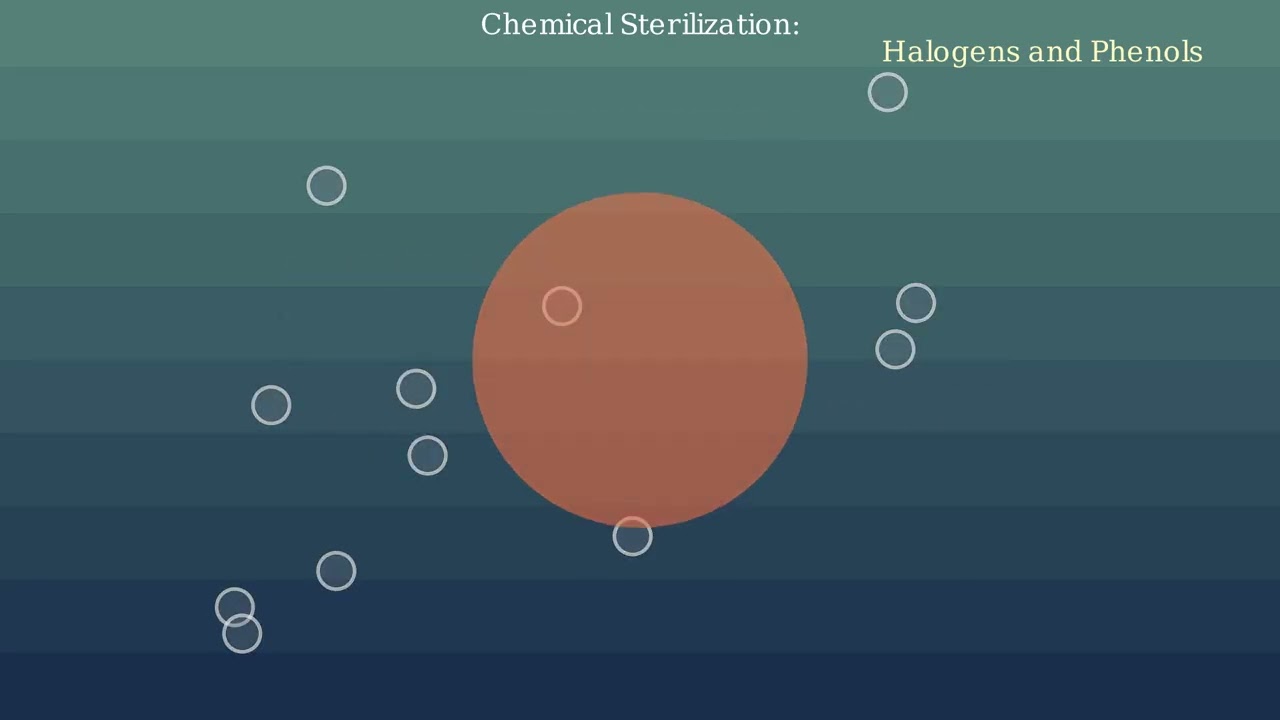

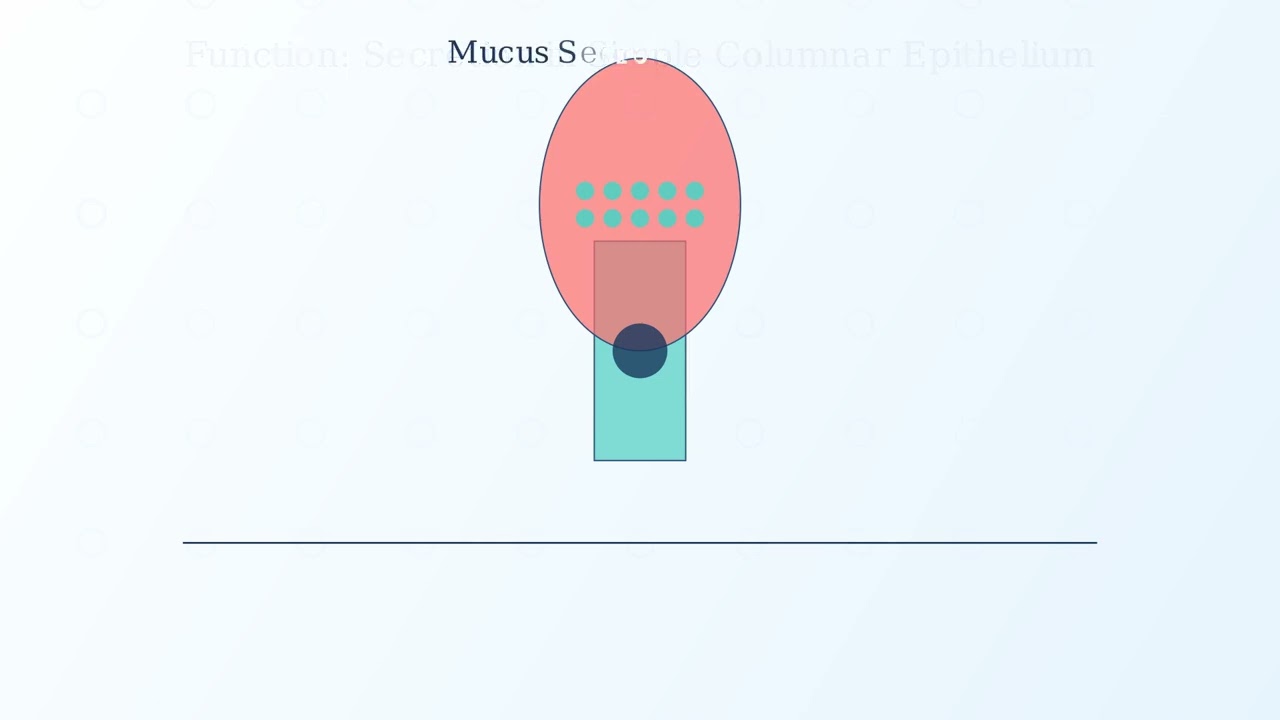
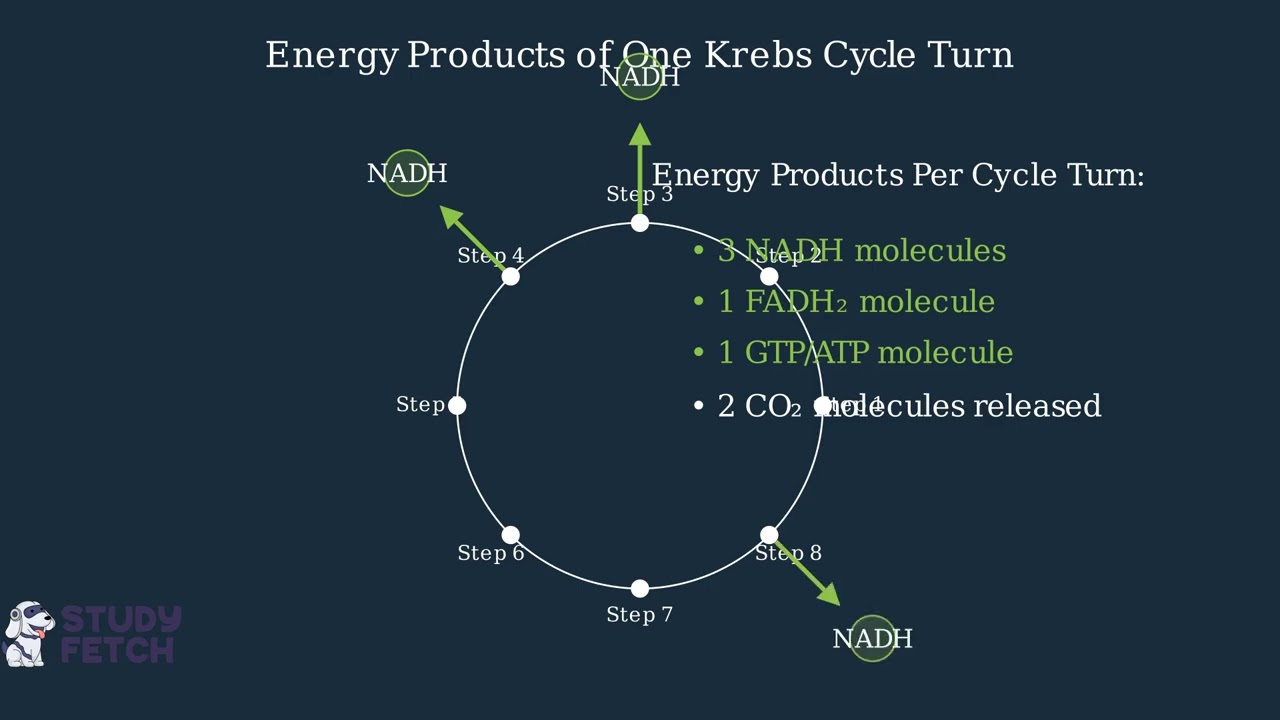
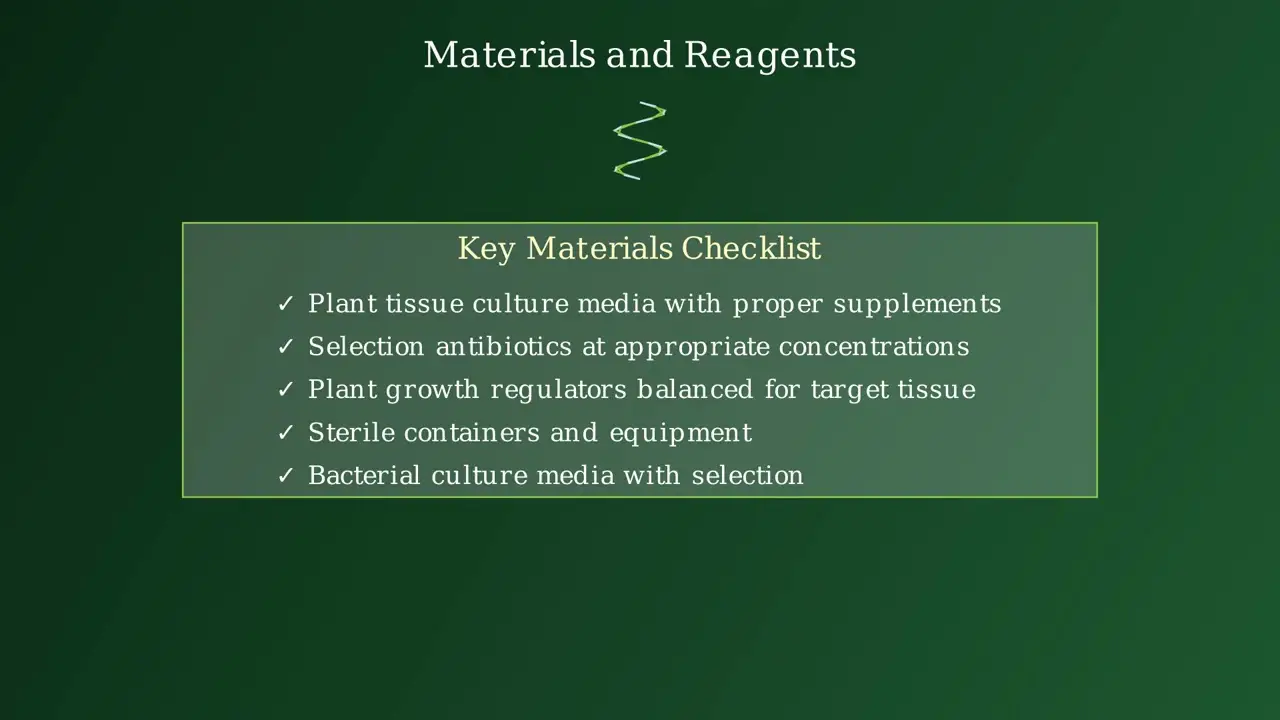

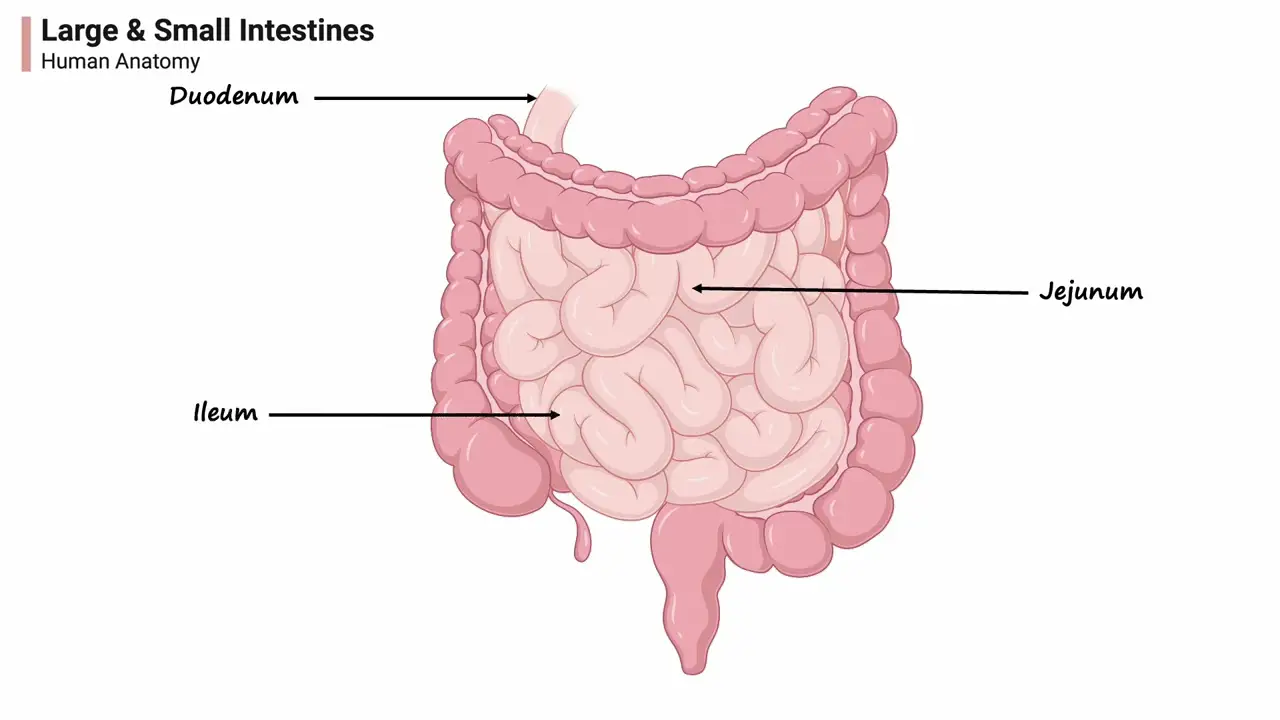

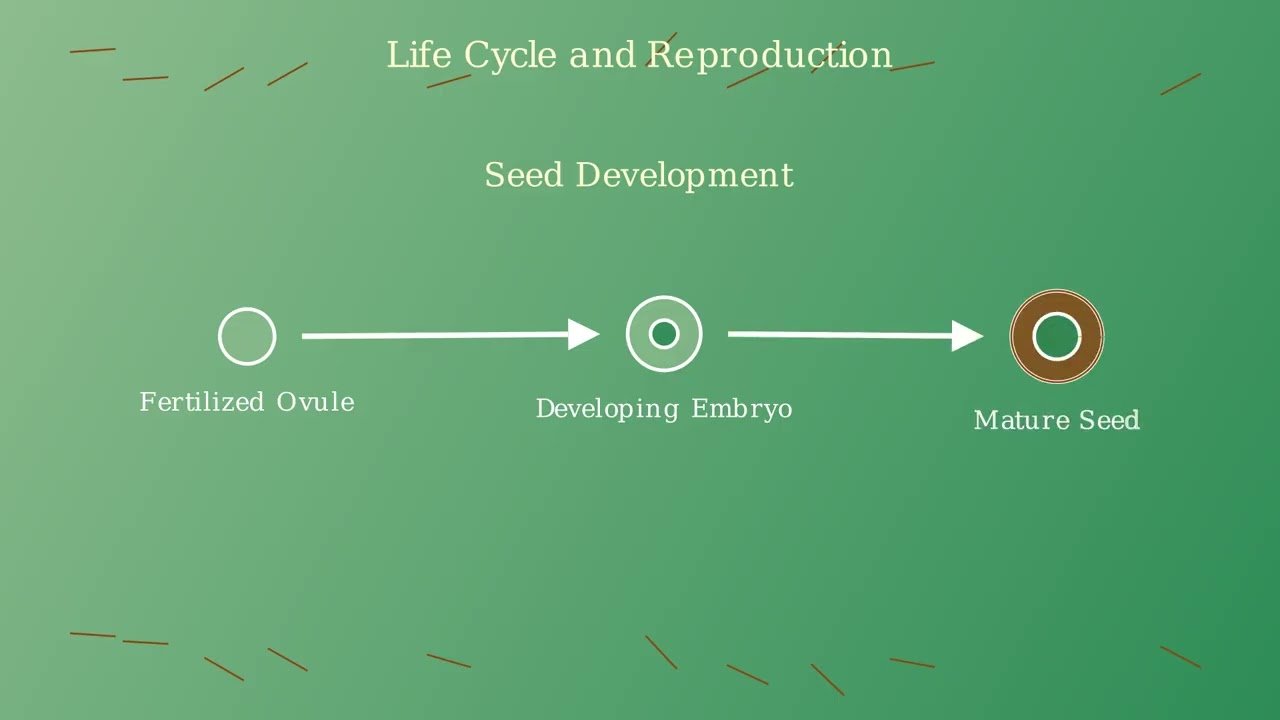
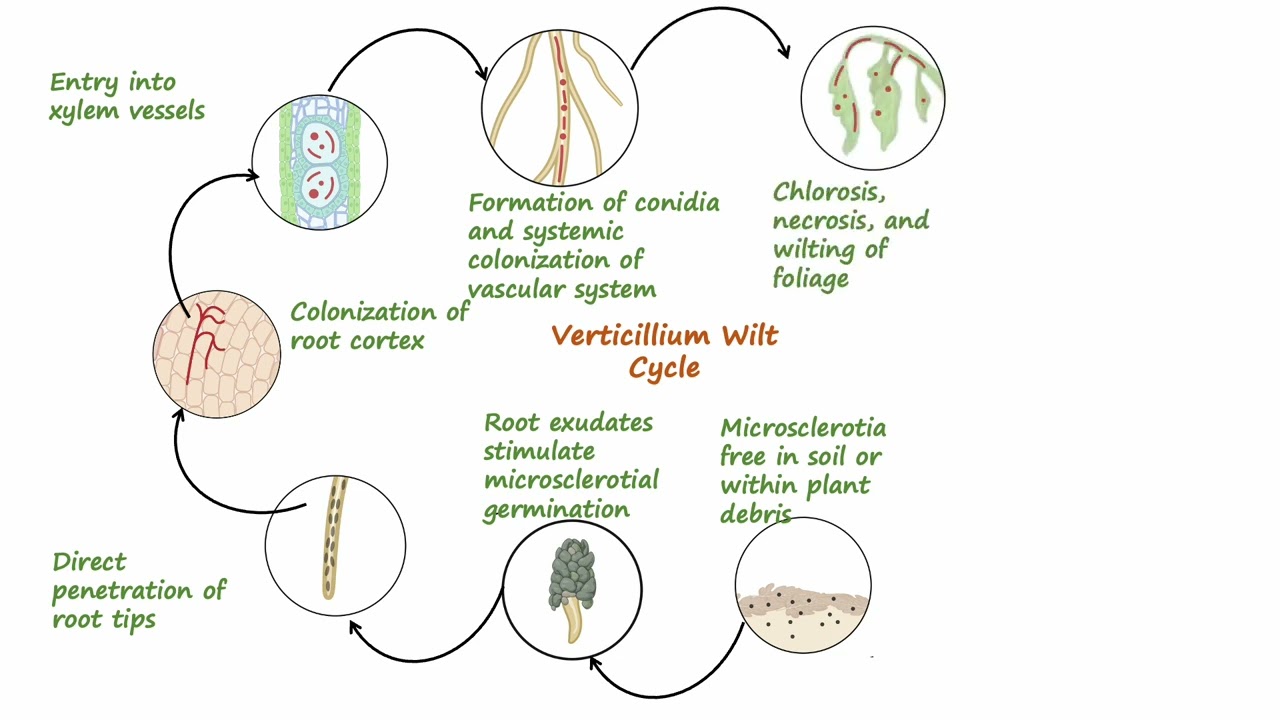
- Text Highlighting: Select any text in the post content to highlight it
- Text Annotation: Select text and add comments with annotations
- Comment Management: Edit or delete your own comments
- Highlight Management: Remove your own highlights
How to use: Simply select any text in the post content above, and you'll see annotation options. Login here or create an account to get started.